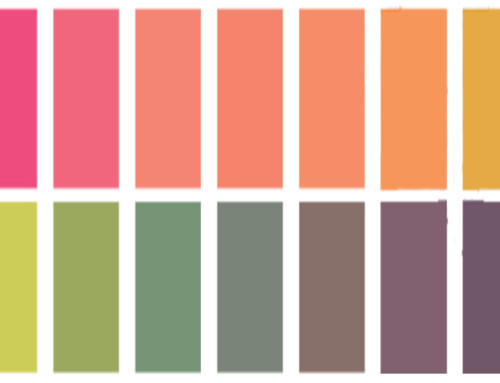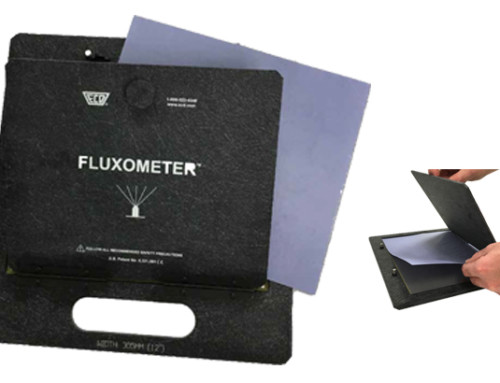The time has come to make your New Year’s Resolutions, and for many of you, that may involve hitting the gym, some new fitness routines and weight loss goals. So, whether you’re sweating what your resolution will be or you’re planning on sweating to meet some goals, it seems like an opportune time to talk about sweat testing.
We received a unique request and inquiry into using our litmus test paper for sweat testing. We always enjoy testing a potential new use for our papers or encouraging new projects, so we jumped on board.
The pH of sweat is about 4 to 5.5. We started out by sending the customer a sample of blue litmus paper, which turns red in acidic solutions. While this would theoretically work, the sweat barely registered on the paper. Perhaps because the paper was just dabbed onto sweat, rather than dipped into a solution.
Next, we sent them Acid-Neutral-Alkaline paper and Salinity strips. They reported back that both worked well for their purposes of sweat testing. But, here’s the catch…
The acid-neutral-alkaline paper is produced by dissolving bromothymol blue and methyl red in an ethanol/water solution that has been acidified slightly with a little hydrochloric acid. The paper is intended for use in testing the pH of water samples. We have no experience in any other applications and cannot recommend the use for anything other than testing water samples.
The salinity paper is more complicated. The paper is produced by dissolving small amounts of potassium chromate, silver nitrate, and Pontacyl Light Yellow dye in a water solution that contains a surfactant. It must be noted that although the amount of potassium chromate in each test strip is very small, the chemical is considered a carcinogen and skin irritant. If used for testing sweat on the skin, we recommend that the skin tested with the salinity strips be wiped down afterward, just to be safe.
The salinity test paper is intended for testing salt (chloride) levels in water samples. We have no experience in any other application, and we cannot recommend using the strips for other purposes.
If you’ve read about some of the unique uses of our strips, then you’ve seen this before. Generally, our test strips are developed for use in water samples. We can’t speak to other uses, so when trying something like this, we always recommend you set up a group of controlled experiments to determine the effectiveness of our strips for your purposes.







Leave A Comment